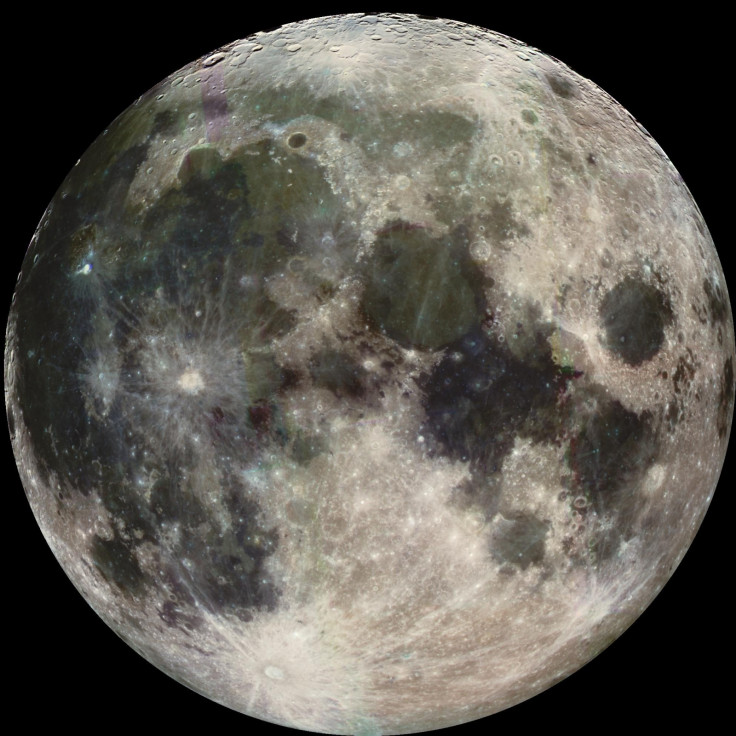Scientists have uncovered details of how the Earth and the moon broke up over 4 billion years ago
Scientists believe that the Earth was still likely frozen when the moon was separated from our planet.

Scientists have just uncovered new details about how the Earth and the moon broke up over four billion years ago. The moon is believed to have formed after the Earth was hit by a giant space rock and according to a new study, our closest neighbour then began slowly distancing itself from our planet.
In addition to attempting to explain how the Earth and the moon came to be neighbours, the new study also tries to explain how the moon's equatorial bulge or fossil bulge is far thicker around its middle than it ideally should be. According to researchers at the University of Colorado, the moon currently continues to move away from the Earth at a rate of four centimetres per year. This recession also causes the Earth's rotation to slow down, thereby gradually increasing the length of our days.
"The moon's fossil bulge may contain secrets of Earth's early evolution that were not recorded anywhere else," Shijie Zhong, a professor at University of Colorado's department of physics and co-author of the study, said in a statement. "Our model captures two time-dependent processes and this is the first time that anyone has been able to put timescale constraints on early lunar recession."
According to the new research, the moon's rotation makes the satellite flattened at its poles and bulge at its equator. Although French mathematician and physicist Pierre-Simon Laplace determined that the moon's equatorial bulge was 20 times larger than it should be around 200 years ago, it is still fairly unknown what conditions were required for the formation of the moon's fossil bulge.
The new model developed by the researchers attempts to show how a frozen Earth and a slowly retreating moon may have helped form the additional padding of the moon's fossil bulge.
Scientists believe that this slow separation of the moon and the Earth took place during the Hadean period when the Sun shone 30% less brightly than today. Scientists at the University of Colorado used a one-of-a-kind dynamic module to determine that this gradual breakup lasted for several hundred million years when the Earth was still frozen.
"Earth's hydrosphere, if it even existed at the Hadean time, may have been frozen all the way down, which would have all but eliminated tidal dissipation or friction," Zhong said.
The "snowball Earth" concept has previously been put forward by researchers, however, scientists previously suggested it occurred during the Neoproterozoic around 600 million years ago. However, direct evidence of a "snowball Earth" even farther back is still currently unavailable, making the concept a subject of debate among scientists.
The scientists plan on further improving their model to fill in more gaps in knowledge about the early days of the moon and the Earth between 3.8 and 4.5 billion years ago. The new research has been published in the journal Geophysical Research Letters.






